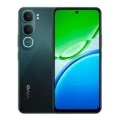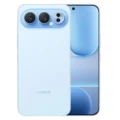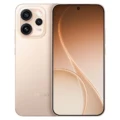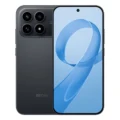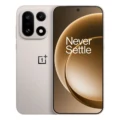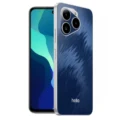Vivo Y37c
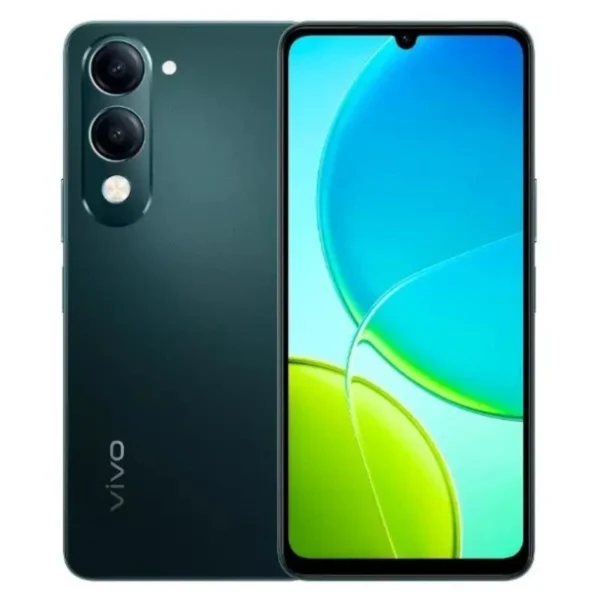


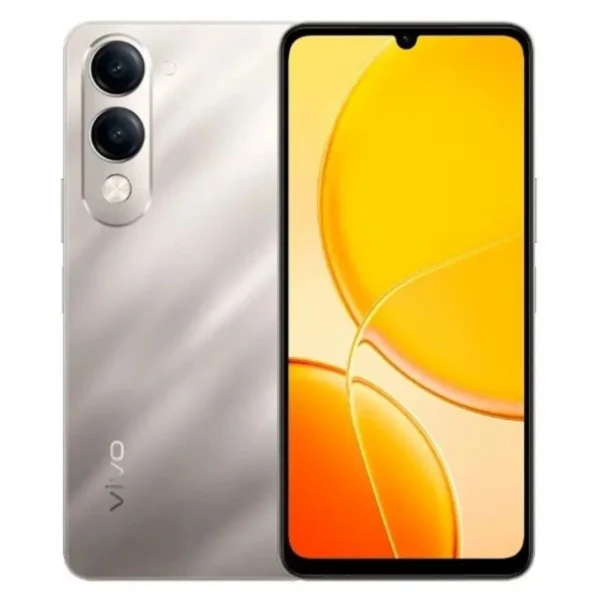
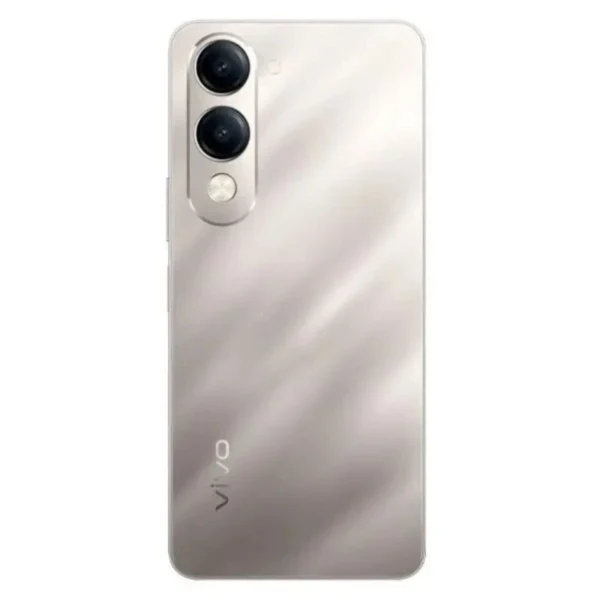
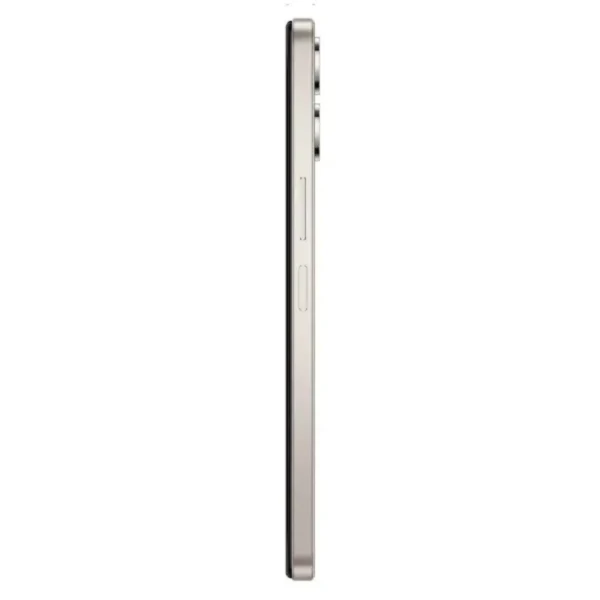
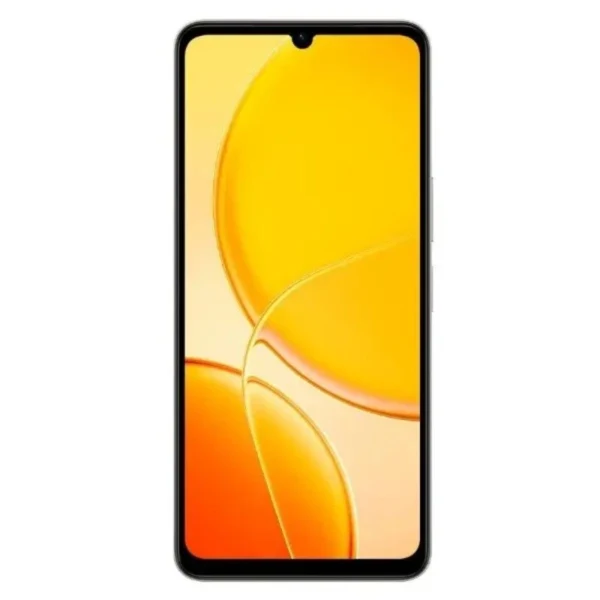
Vivo Y37c price in bd
Vivo Y37c is now available in variants 6GB+128GB. Now, Vivo Y37c’s Price is 12,000 Taka in Bangladesh.
Full Specifications
Price in BD
| Expected Price | 12,000 Taka |
General Info
| Announced | 29 April, 2025 |
| Status | Coming Soon |
| Released | 29 April, 2025 |
| Brand | vivo |
| Model | Y37c |
Network
| Technology | GSM / HSPA / LTE |
| 2G bands | GSM 850 / 900 / 1800 / 1900 |
| 3G bands | HSDPA 850 / 900 / 2100 |
| 4G bands | LTE |
| Speed | HSPA, LTE |
Body
| Dimensions | 167.3 x 76.95 x 8.19 mm |
| Weight | 199 grams |
| SIM SIM (Subscriber Identity Module) is a small card that contains mobile network subscriber's account information. This allows the phone using the card to attach to a mobile network. The SIM card is most commonly associated with GSM and UMTS mobile networks. Moving a SIM card from one phone to another allows a subscriber to switch mobile phones without having to contact their mobile network carrier. SIM cards can also be used by a phone to store limited amounts of data, such as phone numbers and text messages. | Nano-SIM + Nano-SIM |
| Colors | Titanium, Dark green |
| IP Rating | IP64 dust protected and water resistant (water splashes) |
Display
| Display Type Display Technology => A number of display technologies and types used in mobile phones => TFT (Thin Film Transistor), IPS (In-Place Switching), OLED (Organic Light Emitting Diode), AMOLED (Active-Matrix Organic Light-Emitting Diode), Super AMOLED (an even advanced version of AMOLED), Resistive Touchscreen (Resistive touchscreens contain two layer of conductive material with a very small gap between them which acts as a resistance), Capacitive Touchsceen (Capacitive touchscreen technology consists of a layer of glass coated with a transparent conductor) | IPS LCD |
| Size | 6.74 inches (17.12 cm) |
| Screen to Body | 90.4 % |
| Brightness | 570 nits |
| Refresh Rate | 60Hz |
| Resolution | 720x1600 px (HD+) |
| Pixel Density Pixel Density (PPI) is refers to the concentration of pixels on a particular display, measured in pixels per inch (ppi). Pixel density is calculated by dividing the diagonal pixel resolution of a display by its diagonal size, higher pixel density better display quality. | 260 ppi |
| Touch Screen | Capacitive Touchscreen, Multi-touch |
Performance
| Chipset Chipset is a group of integrated circuits designed to perform one or a more dedicated functions, often with real time computing constraints, Popular smartphones are equipped with more advanced embedded chipsets that can do many different tasks depending on their programming. | Unisoc T7225 |
| CPU CPU (Central Processing Unit) mostly known as processors, CPU processes instructions in order to carry out certain functions that make your device operate properly. Processors are often described as the brain of computers, smartphones and tablets, Smartphones and tablets rely on processors to carry out their every task, Processors are an incredibly important factor in selecting any type of computing device, including your smartphone. | Octa core (1.8 GHz, Dual core, Cortex A75 + 1.8 GHz, Hexa Core, Cortex A55) |
| GPU GPU (Graphics Processing Unit) is a single-chip processor designed to rapidly manipulate and alter memory to accelerate the creation of images in a frame buffer intended for output to a display, This includes things such as lighting effects, object transformations, and 3D motion. | Mali-G57 |
| OS | Android 14 |
| UI | Origin OS |
Memory
| RAM RAM (Random Access Memory) is a type of computer memory that can be accessed randomly, any byte of memory can be accessed without touching the preceding bytes that allows information to be stored and accessed quickly from random locations. RAM is the most common type of memory found in computer systems, smartphones, tablets and other electronic devices. | 6 GB |
| ROM | 128 GB |
| Card Slot Memory Card Slot is a special slot for inserting a memory card. Memory cards allow you to expand the phone's built-in memory, A memory card (sometimes called a flash memory card or a storage card) is a small storage medium used to store data such as text, pictures, audio, and video, for use on small, portable or remote computing devices such as mobile phones, mp3 players, digital cameras. | Yes, microSDXC |
| UFS | eMMC 5.1 |
Main Camera
| Single | 13 MP f/2.2, Wide Angle |
| Flash Flash Light => There is commonly two types of flash lights are used in camera mobile phones, LED Flash (LED flash offers lower power consumption with drive circuitry that takes up very little room, LEDs can be strobed faster than any other light source), Xenon Flash (xenon flash produces an extremely intense full-spectrum white light for a very short duration) | LED Flash |
| Video Recording | 1920x1080 @ 30 fps |
| Autofocus | |
| Settings | Exposure compensation, ISO control |
| Zoom | 4 x Digital Zoom |
| Resolution | 4128 x 3096 Pixels |
Selfie Camera
| Single | 5 MP f/2.2 |
| Features | Fixed Focus |
| Video Recording | 1920x1080 @ 30 fps |
Sound
| Loudspeaker | |
| 3.5mm jack |
Connectivity
| WLAN Wi-Fi is a popular wireless networking technology using radio waves to provide high-speed network connections that allows devices to communicate without cords or cables, Wi-Fi is increasingly becoming the preferred mode of internet connectivity all over the world. | Yes, Wi-Fi 4 (802.11 b/g/n) |
| Bluetooth Bluetooth is a wireless communications technology for exchanging data between mobile phones, headsets, computers and other network devices over short distances without wires, Bluetooth technology was primarily designed to support simple wireless networking of personal consumer devices. | Yes, v5.2 |
| Positioning | Yes with A-GPS, Glonass |
| NFC NFC (Near field communication) is a set of standards for smartphones and similar devices to establish peer-to-peer radio communications with each other by touching them together or bringing them into proximity, usually no more than a few inches. | |
| Infrared Infrared connectivity is an old wireless technology used to connect two electronic devices. It uses a beam of infrared light to transmit information and so requires direct line of sight and operates only at close range. | |
| Radio | |
| USB | Type-C 2.0 |
Sensors
| Sensors Sensors are electronic components that detects and responds to some type of input from the physical environment. The specific input could be light, heat, motion, moisture, pressure and location, The output is generally a signal that is converted to use in computing systems, a location sensor, such as a GPS receiver is able to detect current location of your electronic device. | Light sensor, Proximity sensor, Accelerometer, Compass |
| Fingerprint | side-mounted |
| Face Unlock | Yes |
Battery
| Battery Type Battery Type => Cell phones run on various kinds of batteries depending on the manufacturer, phone size or shape and features. There are basically four types of cell phone batteries => Lithium Polymer, Lithium Ion, Nickel Metal Hydride and Nickel Cadmium. | Li-Pol (Lithium Polymer) |
| Capacity Battery Capacity is a measure (typically in Amp-hr) of the charge stored by the battery, and is determined by the mass of active material contained in the battery. The battery capacity represents the maximum amount of energy that can be extracted from the battery under certain conditions. | 5500 mAh |
| Charging | 15W Fast Charging |
Tests
PROS
- IPS LCD, 60Hz
- Unisoc T7225
- Dust proof
- 4 x Digital Zoom
- 3.5mm jack
- FM radio
CONS
- No NFC
- No 5G
- No Infrared port
Vivo Y37c Highlights
The vivo Y37c, announced on April 29, 2025 is gearing up to be one of the most exciting budget smartphones in Bangladesh. With an expected price of 12,000 Taka it’s loaded with features that usually belong to more expensive devices. It supports 2G, 3G and 4G LTE networks, so you’ll enjoy stable calls and good internet speed whether you’re streaming videos or browsing social media. It also has dual nano SIM slots, perfect for managing personal and work numbers on one device.
One of the standout features of the vivo Y37c is its 6.74-inch HD+ IPS LCD display. It offers 720 x 1600 pixels resolution, with a decent 260 PPI pixel density and 570 nits of brightness, which means you can comfortably watch videos or scroll in bright daylight. The 90.4% screen-to-body ratio provides an immersive experience, and although the 60Hz refresh rate is standard, it’s more than enough for daily tasks like browsing, video calls and social media.
Under the hood, the vivo Y37c runs on a Unisoc T7225 chipset, with an octa-core CPU and Mali-G57 GPU. This means the phone can handle multitasking, light gaming, and running Android 14 with Origin OS smoothly. It packs a generous 6GB RAM and 128GB of internal storage, which can be expanded via microSDXC, making it great for storing photos, apps and documents without worrying about space.
The 13MP main camera with an f/2.2 aperture lets you snap detailed shots in daylight. It supports exposure control, ISO settings, and up to 4x digital zoom, so you can tweak your shots a bit to get the best results. You can also shoot 1080p videos at 30fps, which is quite good for vlogging or casual video capturing. On the front, the 5MP selfie camera is perfect for video calls and quick selfies, especially with beauty filters and fixed focus helping to keep things sharp.
A key highlight is the 5500mAh Li-Polymer battery, which easily lasts a full day or more with average use. It also supports 15W fast charging via USB Type-C, a feature not always seen at this price range. The phone includes a side-mounted fingerprint sensor, face unlock and basic sensors like light, proximity, accelerometer, and compass. While it lacks NFC and infrared, it offers Bluetooth 5.2, Wi-Fi 4, GPS with A-GPS and Glonass, and a trusty 3.5mm headphone jack for wired audio.
This phone doesn’t just perform well—it’s designed to last. It’s IP64 rated, so it’s protected against dust and splashes, making it ideal for everyday use in different environments. It weighs 199 grams and is 8.19mm thick, providing a comfortable feel in the hand. You can choose between two stylish colors: Titanium and Dark Green—both sleek, modern options that add a premium touch to a budget device.
1. What is the price of vivo Y37c in Bangladesh?
The expected price of the vivo Y37c in BD is 12,000 Taka.
2. Does vivo Y37c support 4G?
Yes, it supports 4G LTE, along with 3G and 2G bands for strong network compatibility.
3. Is the vivo Y37c good for gaming?
It can handle light to moderate gaming thanks to its Unisoc T7225 processor and Mali-G57 GPU, but it’s not built for heavy or high-frame-rate games.
4. How long does the battery last on vivo Y37c?
With a 5500mAh battery, it can last up to two days on light use and at least a full day with normal usage.
5. Can I expand the storage of vivo Y37c?
Yes, it has a microSDXC card slot, allowing you to expand storage beyond the built-in 128GB.
6. Does vivo Y37c have a fingerprint sensor?
Yes, it features a side-mounted fingerprint sensor along with face unlock for quick and secure access.
Why should you buy this Vivo Y37c phone?
If you’re looking for a budget-friendly smartphone under 12,000 Taka in Bangladesh that doesn’t cut corners on performance, display size, battery or connectivity, the vivo Y37c is a smart pick. It brings a solid blend of features that cover daily needs like browsing, social media, light gaming, calls, photography and battery endurance. Plus, vivo’s reputation for reliability and service in BD adds more value.
| Model | : | Vivo Y37c |
| Released | : | 29 April, 2025 |
| RAM | : | 6 GB |
| ROM | : | 128 GB |
| Price | : | 12,000 Taka |
Our Verdict on the Vivo Y37c
The vivo Y37c is a solid budget smartphone for everyday users. It’s not meant to replace high-end phones, but it certainly delivers excellent value for money. The large display, decent performance, expandable storage and big battery make it an ideal choice for students, seniors and anyone needing a reliable backup phone. While it lacks a high-refresh display or a super-sharp camera, it’s more than enough for its price range.
Reviews
Disclaimer Note
We always try our best to keep our website content and information updated and correct, the material and information contained on our website is for general information purposes only, You should not rely upon the material and information as a basis for making any business, legal or any other decisions.
